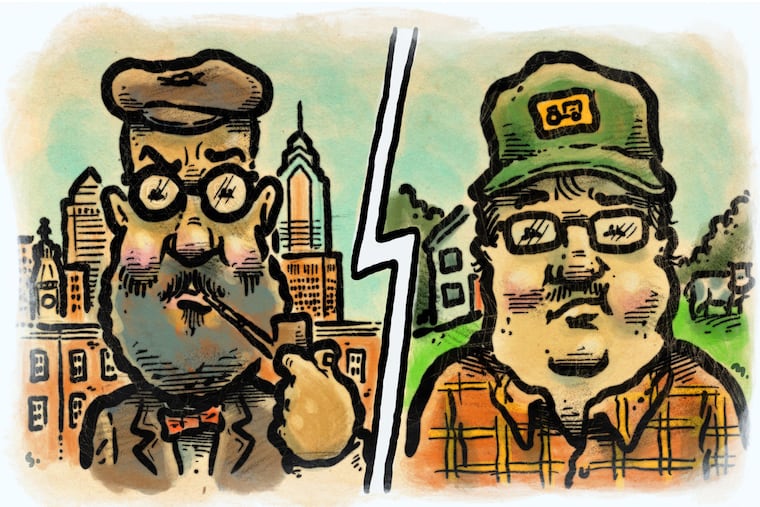Is Pa. in the Midwest? Depends if it’s youse or yinz talking.
At least Western Pennsylvania feels that way, say folks who have more in common with Ohio than Philadelphia.

At least Western Pennsylvania feels that way, say folks who have more in common with Ohio than Philadelphia.
